The Big Bang is the prevailing cosmological model of the universe's origins. However, some physicists now argue that the Big Bang model leads to too many inconsistencies with empirical evidence. Though cosmologists have made ad-hoc additions to the theory to make the Big Bang fit with our observations, it is time to consider alternatives, including models in which the universe has no beginning.
The current standard model of cosmology (Big Bang or ΛCDM) gives us a representation of a universe whose dynamics is dominated by gravity (Friedmann equations derived from Einstein's general relativity) with a finite lifetime, homogeneity on large scales, expansion and a hot initial state, along with other elements necessary to avoid certain inconsistencies with observations (inflation, non-baryonic dark matter, dark energy, etc). This prevailing cosmological model has countless problems, but it is mainstream, and almost all the scientific and economic efforts of the community of astrophysicists and theoretical physicists dealing with the question are focused on the search for evidence that can confirm it. Other models explaining the cosmos without a Big Bang beginning, without an inflationary period, without energy and dark matter, etc do not receive the same attention. If any of them are correct, the cosmos could be very different from the mainstream version we have been taught as dogma.
Among the most developed non-Big Bang alternative models, perhaps the hypothesis with the greatest impact has been the Quasi-steady State Cosmology, originally called Steady State. Its origins date back to the 1940s and was proposed by Fred Hoyle (1915-2001), and independently by Hermann Bondi (1919-2005) and Thomas Gold (1920-2004). It was developed and defended for more than sixty years by many other professional researchers, and even today we cannot declare it dead, although its main proponents have passed away or retired, and new generations of cosmologists no longer work with these scenarios.
It is a radically different view, in which, contrary to the Big Bang approach, there is no beginning of the Universe but an eternal cycle of matter creation. The Universe is expanding and the homogeneous distribution of matter is being created at a constant rate due to the existence of a supposedly omnipresent C-field of matter creation, rather than a single moment of creation at the Big Bang. The newly created matter forms new galaxies that replace those swept away by the expansion.
During the 1950s, both the Big Bang and the Steady-State ideas found support. Both explained the abundance of the chemical elements. The abundances of the light elements (helium, lithium, deuterium and others) would be explained by the Steady-State hypothesis in terms of stellar nucleosynthesis and collision with cosmic rays in the distant past of the Universe, whereas with the Big Bang they were formed during the initial stages at the beginning of the Universe. The heavy elements were both of stellar origin.
___
But the scientific community had already decided which horse was the winner before the end of the race, and ignored the new version of the 1990s model.
___
However, Steady-State hypothesis would lose competitiveness in the mid-1960s, because it could not explain certain observational facts. It could not explain why the most distant galaxies were younger. Nor could it explain the excess of radio sources at large distances, or the distribution of quasars. More importantly, it did not explain the cosmic microwave background. This strongly favoured the Big Bang hypothesis.







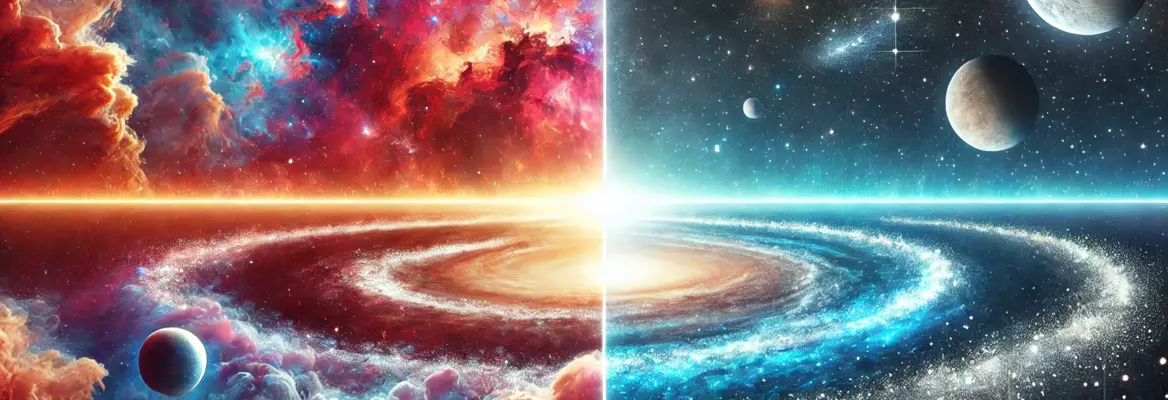


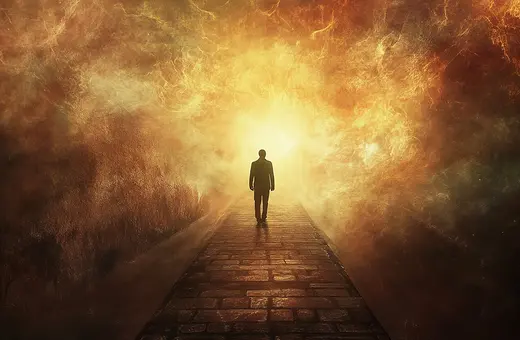
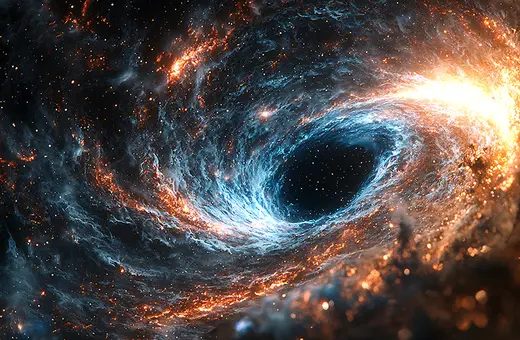
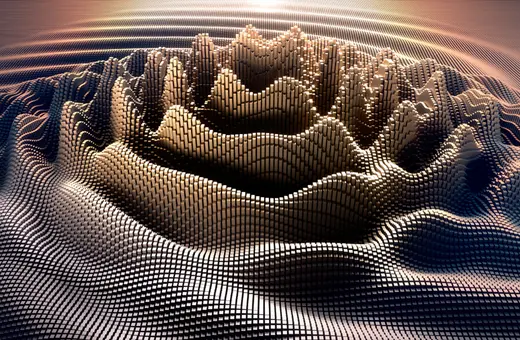
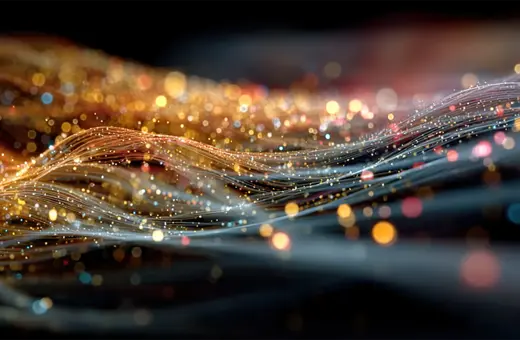
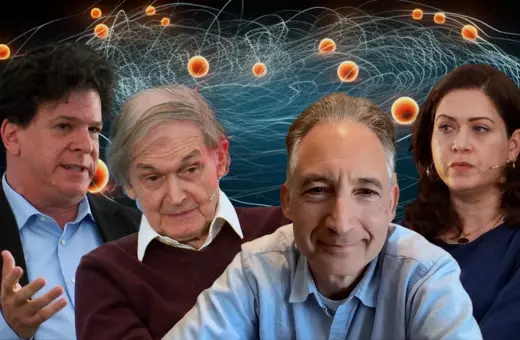

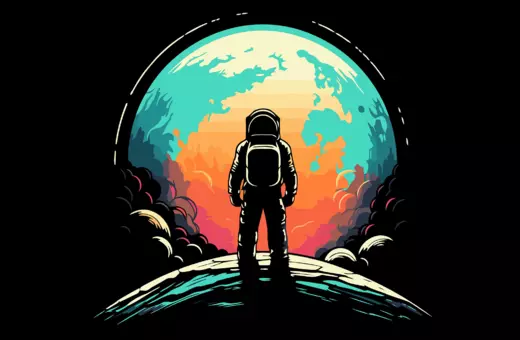




Join the conversation